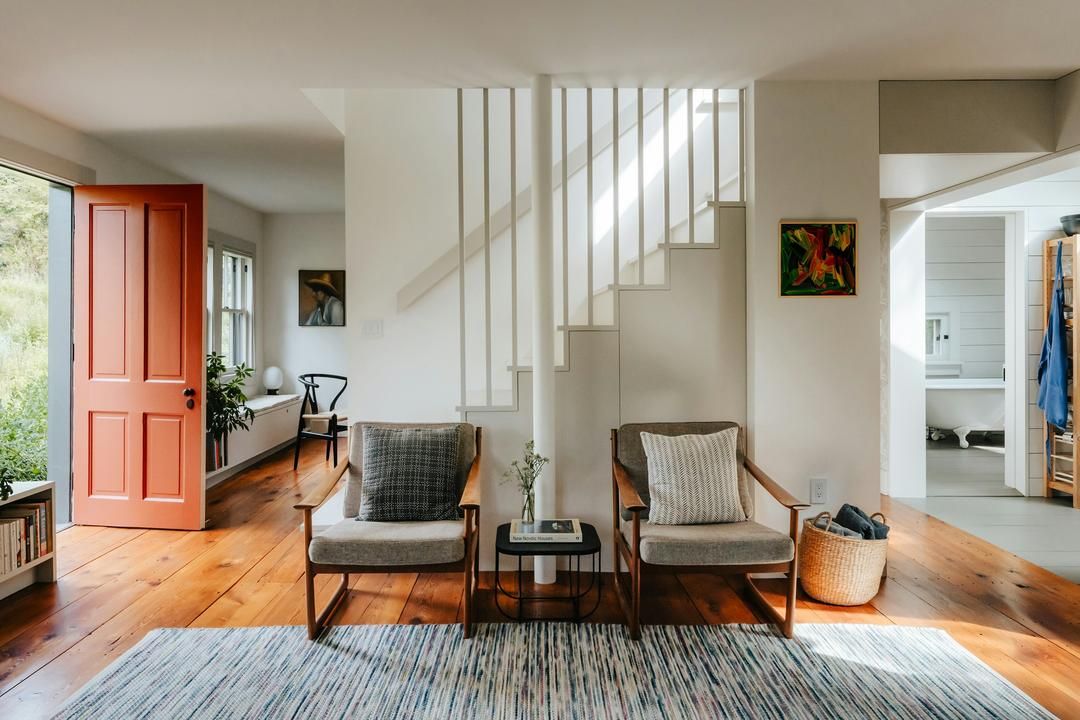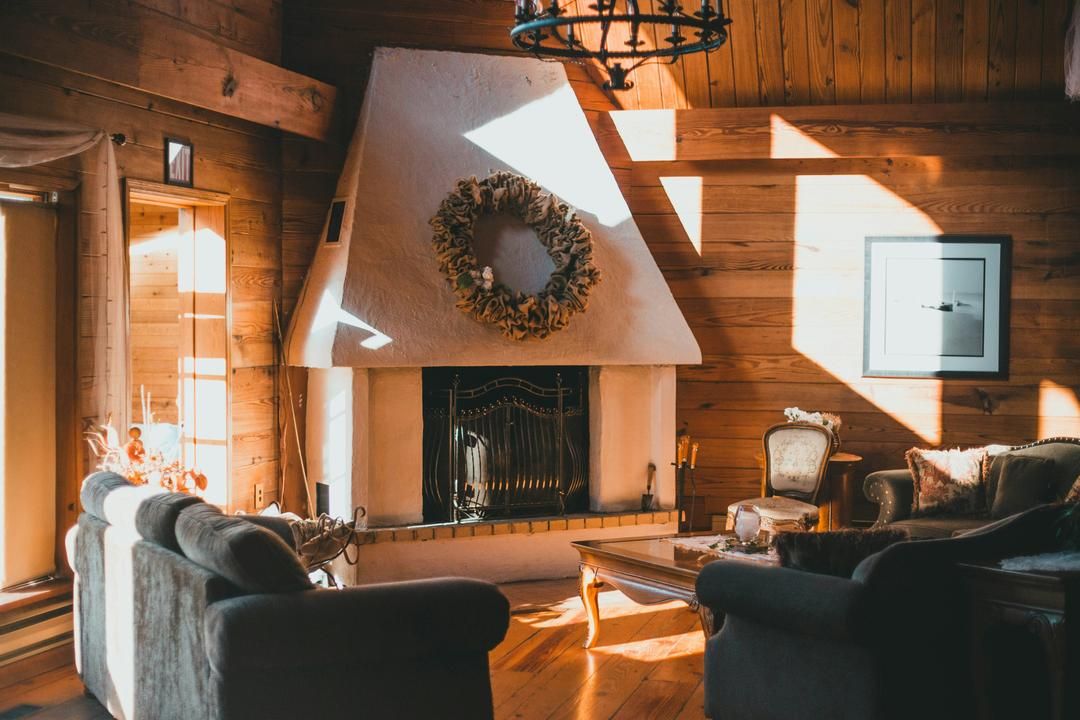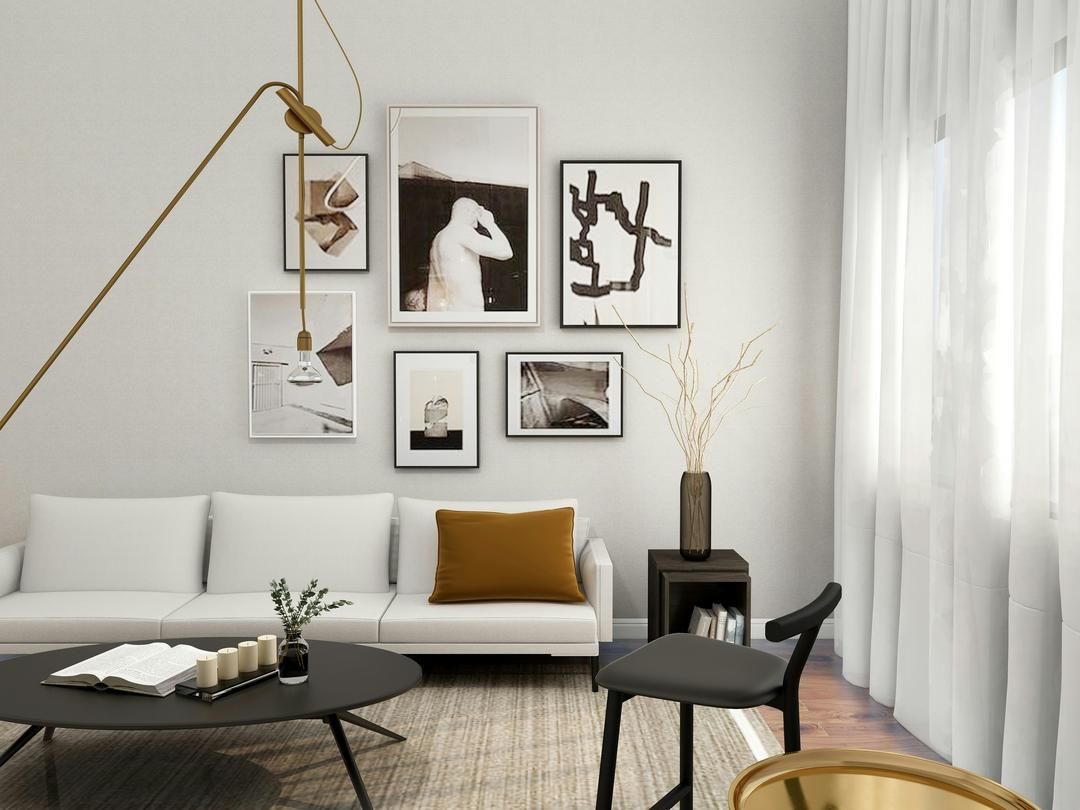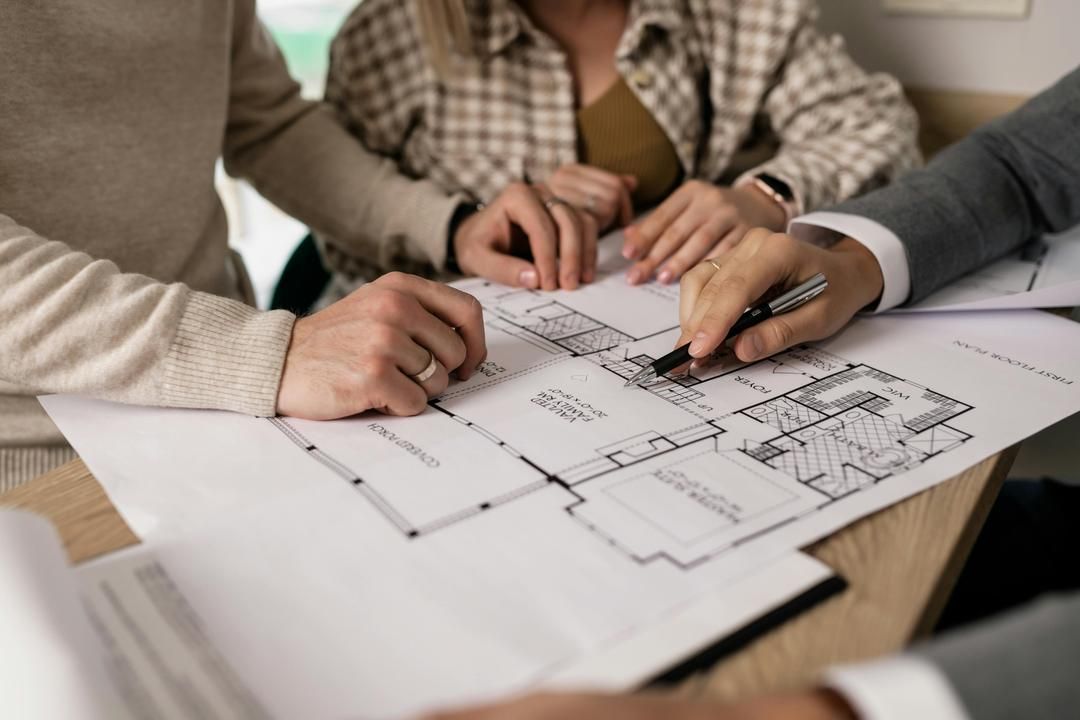If you’re on the hunt for a home this fall in Western North Carolina or Upstate South Carolina, you’re likely considering more than just the price tag or square footage. The properties that catch buyers' eyes today are those that not only look appealing but also function well for everyday living.
This means paying attention to how the layout accommodates your daily routine, the efficiency of the home’s systems, and how well it’s equipped for long-term comfort and stability. According to Zillow’s analysis of Fall 2025 listing data, buyers are increasingly focused on features that blend calming design with practical resilience. Search terms like “cozy,” “solar,” and “whole-house battery” are becoming more prevalent, indicating a shift in priorities for homebuyers.
If you’re actively touring homes or gearing up to do so, here are some aspects to consider as you explore each property, along with a few questions to ask before you schedule your next showing.
Before you tour, ask yourself:
- What matters most in your daily routine?
- Are there features that make life easier, not harder?
- How much work are you willing to take on after closing?
- Do you want something already efficient, or are you open to upgrading?
Layouts that feel calm and easy to live in
This season, some of the most sought-after listings feature layouts that feel natural and easy to navigate. Buyers are leaning toward homes that offer defined spaces rather than expansive, open areas. Think about cozy dens, built-in benches, and smaller living areas that provide privacy or a retreat from the hustle and bustle.
Zillow notes that the term “cozy” is appearing in listings more frequently this year than in the past two. This trend is also reflected in design choices, with matte finishes, natural wood, stone accents, and earth-toned color palettes becoming more common.
As you walk through a home, pay attention to how the layout feels. Can you envision winding down here at the end of the day? Are there spaces to retreat, or does it all feel like one large room?
Older charm with updated systems
If you’re touring a home with original woodwork, vintage tile, or arched doorways, take a moment to look behind the walls. Many of this fall’s most competitive listings combine classic features with updated plumbing, electrical, HVAC, or roofing systems.
The ideal scenario is a home that exudes character but functions like it has already been through a thorough inspection. This includes essentials like working outlets and functional ductwork, as well as modern insulation and efficient water heaters.
If you're exploring an older property, inquire about when the last major system updates were completed. Aesthetic charm can be a plus, but it’s much easier to enjoy when it doesn’t come with a long repair list.
Energy efficiency and smart systems that actually work
Features that help reduce monthly costs or enhance comfort are climbing higher on buyer wish lists. This includes smart thermostats, heat pump water heaters, zoned HVAC systems, and high-efficiency appliances.
Listings are also highlighting automated lighting, whole-home monitoring, or smart window treatments. If you're viewing a home with any of these features, ask whether the systems are connected to a central hub or managed independently. Some setups are straightforward and useful, while others may involve ongoing subscriptions or complicated apps.
Focus less on the number of gadgets and more on how they contribute to livability. Are the systems easy to control? Have they been well-maintained? Are they compatible with what you already use?
Climate-resilient upgrades
Zillow has observed a notable increase in listings that mention solar panels or whole-house battery storage. These features are particularly appealing in areas like ours, where weather disruptions, power outages, or extreme temperatures are becoming more common.
You may also come across listings that highlight drainage improvements, rainwater collection systems, sump pumps, or drought-tolerant landscaping. These upgrades aren’t just about sustainability; they also minimize unexpected maintenance and help the home endure the test of time.
If you’re touring properties in regions prone to storms, heatwaves, or fire risks, ask whether the home includes any climate-adaptive features. They may not be flashy, but they can make a significant difference in the years ahead.
Bathrooms, storage, and daily ease
One area where trends and practicality are converging is in the bathroom. Spa-style layouts, especially wet rooms that combine the tub and shower into one open waterproof space, are becoming more common. These designs are easier to clean and more adaptable to different household needs.
Buyers are also paying attention to how laundry rooms, entryways, and kitchen storage are organized. Look for layouts that minimize friction. This could mean clean drop zones near the door, ample natural lighting in work areas, or well-organized utility spaces that don’t feel like an afterthought.
During your tour, consider how your daily routine would unfold in the space. Will you need to reconfigure things just to function, or is it already set up for how you live?
What to watch out for
While some homes are standing out for the right reasons, others are starting to show signs of over-personalization or deferred maintenance. Highly specific paint choices, lawns that require constant upkeep, or appliances nearing the end of their life cycle are becoming easier for buyers to overlook.
Even some smart systems can turn into a drawback if they aren’t well-integrated or come with hidden costs. If a home seems overloaded with automation but nothing is connected, or the seller can’t explain how it works, that may indicate more hassle than value.
Outdated wiring, patchy insulation, and older HVAC units are also top concerns. Many buyers are asking about energy bills upfront. If a listing can’t demonstrate how the home performs, it may not be worth pursuing further.
A practical lens for your home search
Buying a home this fall means looking beyond just a list of features. It’s about understanding how a space will support you not just at closing, but in the seasons and years to come.
This might involve asking questions about energy performance, grasping what certain upgrades actually do, or recognizing the difference between cosmetic staging and a home that is genuinely easy to live in.
We help buyers assess homes with both lifestyle and logistics in mind. This means pinpointing which elements are worth investing in and which ones could create challenges down the line. It also means keeping you focused on what matters most for your goals, not just what photographs well.
%20(3).png)
%20(3)-1.png)




